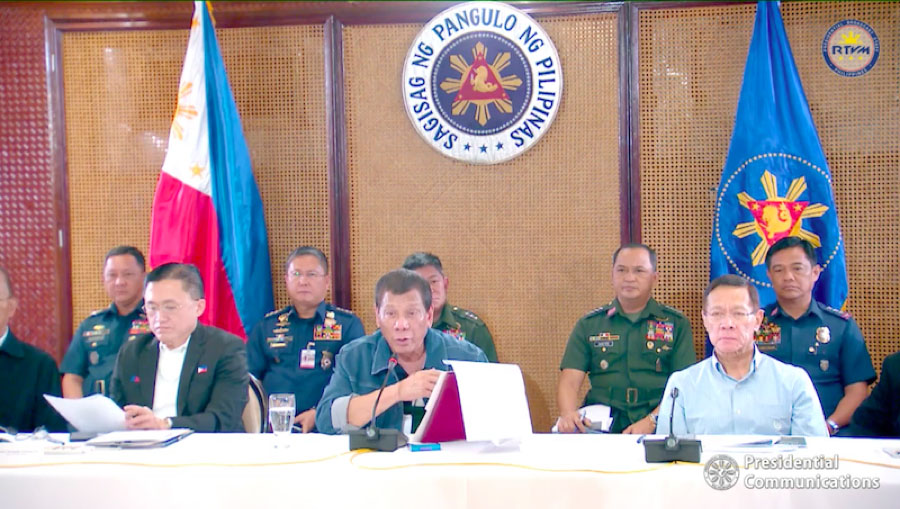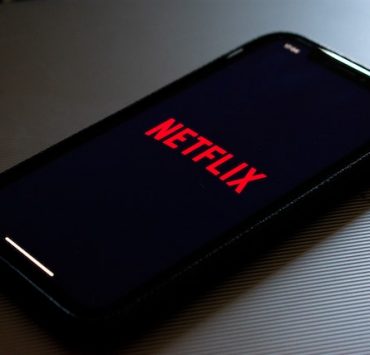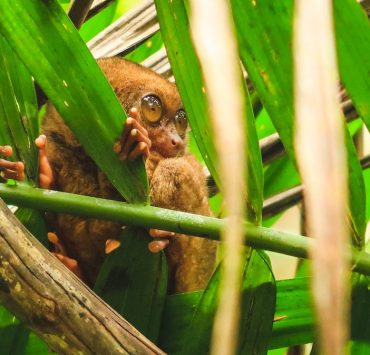“For Manila, ayaw naming gamitin ’yan kasi takot kaming sabihing ‘lockdown,’ but it’s a lockdown.”
Wary about calling it a “lockdown,” President Duterte on Thursday night has placed Metro Manila under quarantine to contain COVID-19, suspending land, domestic air and domestic sea travel to and from the National Capital Region beginning Sunday, Mar. 15 midnight until Apr. 14.
After much speculation, Duterte, in a press conference in Malacañang, announced specific measures that the government is going to take in the following days after 52 confirmed cases and five deaths have been reported so far.
One of the biggest takeaways is the escalation of the COVID-19 alert Code Red Sublevel 2 after the President’s meeting with the Inter-Agency Task Force (IATF) for the Management of Emerging Infectious Diseases prior to the presscon.
Duterte also bared the government’s containment plans at municipal and provincial levels if at least two cases are confirmed under barangays and municipalities, respectively.
Why is there a need for a ‘community quarantine’?
The “community quarantine” is prompted by the declaration of the alert Code Red Sublevel 2. The alert is raised upon evidence that there has been community transmission; the World Health Organization defines community transmission of COVID-19 as “the inability to relate confirmed cases through chains of transmission for a large number of cases, or by increasing positive tests through sentinel samples.”
As we have seen the alarming rise of confirmed cases all around the country though mostly in Metro Manila, this alert recognizes the need for an intersectional and a thoroughly collaborative effort to establish an efficient response to the crisis by monitoring, containing and ultimately preventing the spread of the pandemic in the country.
“Takot kaming sabihing ‘lockdown,’ but it’s a lockdown”
Based on the provisions imposed by the President during the press conference, the quarantine can be considered a lockdown. However, they do not want to use the term in fear that it may incite panic among the public.
“The LGUs are advised to abide by the following guidelines imposing localized community quarantine in their respective jurisdiction. For Manila, ayaw naming gamitin ’yan kasi takot kaming sabihing ‘lockdown,’ but it’s a lockdown,” Duterte said.
Social distancing
The quarantine is part of the Department of Health’s “stringent social distancing measures” to quell the spread of COVID-19, which interior secretary Eduardo Año first announced on Mar. 10. As defined by the New York Times, “social distancing refers to measures that are taken to increase the physical space between people to slow the spread of the virus. Examples include working from home, school closures and the postponement or cancellation of mass gatherings.”
The World Health Organization’s guidelines for dealing with the virus states that you need to “maintain at least 1 meter (3 feet) distance between yourself and anyone who is coughing or sneezing.”
What happens now?
Resolution No. 11 was drafted after consultations within the IATF and was later passed to the President. During the press conference, Duterte stated that this could be made into an Executive Order to ensure full compliance. The following will occur during Metro Manila’s 30-day quarantine:
Community quarantines
Once there are at least two positive COVID-19 cases belonging to different households in a barangay, the local government unit will impose a quarantine among the jurisdiction. A province-wide quarantine will occur once there are at least two positive COVID-19 cases in different municipalities.
Suspension of classes
Schools will extend the cancelation of classes until Apr. 12. However, all students must still comply with the needed academic requirements. Local government units must implement appropriate measures to aid in the students’ educational processes.
[READ: The workforce is not immune to COVID-19, and their children need supervision]
Cancelation of mass gatherings
All planned and spontaneous meetings will be canceled. Any of the people who are involved in the participation and hosting of these events shall be prohibited from attending and pushing through with the gatherings.
These will include the cancelation of concerts, meetings, open markets and even church gatherings.
Suspension of work
For those in government, work in the executive branch will be suspended apart from the skeletal workforces needed for office operations. It is required that those health and emergency frontline services will continue in full operation.
Meanwhile, private companies can adopt flexible work schedules provided that they follow the guidelines released by the Department of Labor and Employment and the Department of Trade and Industry.
[READ: Why working from home is a needed precaution during the rise of COVID-19]
OFWs to mainland China
OFWs will be allowed to travel to mainland China except to the province of Hubei, the ground zero for the virus. However, they will need to sign a declaration stating that they know and understand the risks involved, and they will be handed a health advisory pamphlet during departure.
Cancelation of flights and travel restrictions
Beginning Mar. 15, domestic and international flights to and from the city will be banned until Apr. 15. Cebu Pacific and Philippine Airlines have allowed free rebooking for flights scheduled around these dates.
In an interview with DZMM, Department of Interior and Local Government Secretary Eduardo Año stated that travel in and out of Metro Manila may be allowed for people who work in Metro Manila but reside outside it. Mass land transportation in and out of Metro Manila may also still be allowed, but with limitations. Checkpoints where measures like disinfection will be implemented. Meanwhile, Department of Finance Secretary Carlos Dominguez III stated that the movement of goods will not be affected by the quarantine imposed over Metro Manila. However, these are yet to be finalized with official statements or documents from the respective departments.
Continued public transport operations
The Light Rail Transit (LRT), Metro Rail Transit (MRT) and Philippine National Railways (PNR) will continue its operations. The Department of Transportation will issue the necessary guidelines and protocols to ensure social distancing during commute.
MMDA also announced that the number coding scheme for all vehicle types, both public and private, will be lifted Mar. 13.
Prohibition of travelers from other countries
Duterte also announced travelers from countries with local transmissions of coronavirus will be denied entry to the country. However, there are exceptions, which include “Filipino citizens and their foreign spouse and children, if any, holders of Permanent Resident Visa and holders of 9(e) Diplomat Visas issued by the Philippine government.”
Role of the military
Duterte also emphasizes the role of the military during the spread of the virus. He states that those who will not follow the orders enforced by the police, such as noncompliance with social distancing and other acts of disobedience, will be considered violators of the law and be punished by the Revised Penal Code.
“Meron kaming task force, interagency ’to, kasama military and police. Kailangan namin ang tulong nila kung sakaling lalala ito,” Duterte said. “Maybe this will create a public disturbance, disorder pero tingin ko hindi diyan lang naman. I know that you will want to follow because you want to help everybody.”
Philippine National Police chief Gen. Archie Gamboa has stated that “up to 40,000 police officers will be deployed to enforce lockdown in Metro Manila should it be declared by the President.”
Free COVID-19 testing kits
Despite the limited number of testing kits, the President also assured the public during the press conference that the testing process for the infectious disease will be free. The recently approved testing kits made by University of the Philippines scientists are also well on their way with a target of P 1,000 kits to be distributed next monday after it goes through the verification process of the World Health Organization (WHO).
[READ: UPNIH testing kits for COVID-19 set to be used starting next week]
This is backed by Health Secretary Francis Duque III’s and Cabinet Secretary Karlo Nograles’ confirmation that the Philippine Health Insurance Corporation (PhilHealth) will be covering the costs for coronavirus testing for individuals seeking treatment.
Though, the insurer will cover their members’ medical costs associated with COVID-19 only to a certain extent as each member could avail of a health package worth P14,000 while a PhilHealth member diagnosed to have moderate pneumonia is entitled to a medical coverage worth P16,000.
Header image screengrabbed from the Presidential Communications Operations Office Facebook Live
Get more stories like this by subscribing to our weekly newsletter here.
Read more:
GrabShare services suspended in Manila and Cebu amid rising COVID-19 cases
COVID-19 is now a pandemic. What does this mean?
Is a Metro Manila lockdown the answer to minimizing COVID-19 transmissions?
Writer: NOLISOLI.PH




